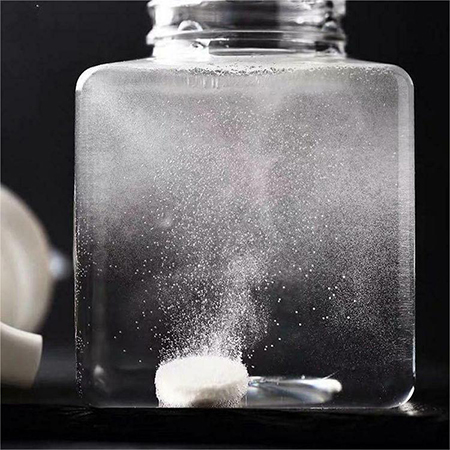Why To Use Chlorine In Sewage Treatment
In addition to harmful substances, there are countless bacteria and viruses in sewage. Therefore, chlorine disinfection is widely used to kill bacteria and viruses in the water during the effluent stage of tap water and sewage treatment plants.

In the treatment of industrial circulating cooling water, chlorine is also used to sterilize and remove algae. In the process of cooling water circulation, due to the evaporation of part of the water, the nutrients in the water are concentrated, and bacteria and other microorganisms will multiply in large quantities and easily form slime dirt. Too much slime dirt will lead to pipe blockage and corrosion.
Chlorination usually involves injecting chlorine into water to kill bacteria and other microorganisms, usually in bottled chlorine.
In order to maintain the bactericidal effect, the residual chlorine should always be kept at 0.5 ~ 1mg/L in the discharged water and at the end of the water supply network at 0.05 ~ 0.1mg/L.
